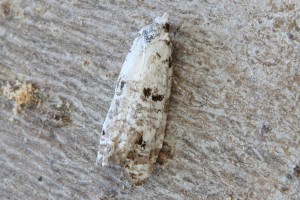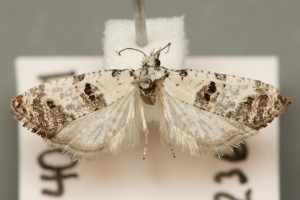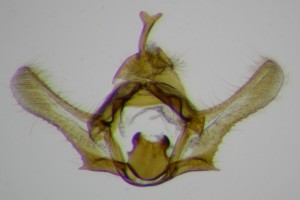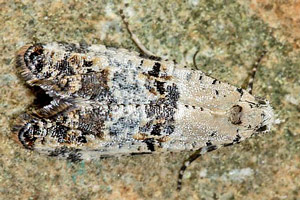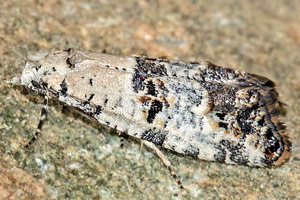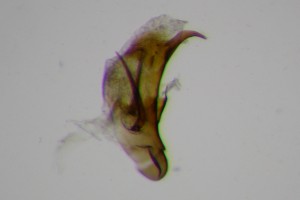

 +1Kontinente:EU
+1Kontinente:EU1. Lebendfotos
1.1. Falter
4. Weitere Informationen
4.1. Etymologie (Namenserklärung)
Barton (2015: 100) erklärt: "The moth is named after the island of Cyprus, where it is found."
4.2. Taxonomie
Die neue Art von Zypern steht der von Kreta beschriebenen Phtheochroa reisseri am nächsten. Von den beiden zuvor von Zypern bekannten Arten der Gattung besteht Ähnlichkeit mit Phtheochroa dodrantaria.
4.3. Typenmaterial
Barton (2015) schreibt zur Typenserie: "Holotype ♂ IB236, Cyprus: Paphos District: Nikokleia, N34°73'21.2" E32°58'47.4", 8.iv.2013, slide IBCY116 (IB leg. et coll.) (Plates 1 & 2). Paratypes: 3 ♂♂: Nikokleia: specimen and slide IBCY15, 19.iv.2012; specimen IB139, 06.iv.2013, slide IBCY104 and specimen IB1542, 24.iii.2014, IBCY783 (all IB leg. et coll.)." Außerdem wird mitgeteilt: "The holotype and three paratypes are at present in the author’s collection but the holotype will be given to a national museum at some point in the future and at least one paratype will ultimately go to the Department of Agriculture Insect Collection, in Nicosia, Cyprus."
4.4. Faunistik
Die Art ist bisher nur durch die vier Männchen aus den Jahren 2012, 2013 und 2014 der Typenserie von Nikokleia auf Zypern bekannt.
(Autor: Erwin Rennwald)
4.5. Literatur
- Erstbeschreibung: Barton, I. (2015): A new Phtheochroa Stephens, 1829 (Lep.: Tortricidae: Cochylini) from Cyprus. — The Entomologist's Record and Journal of Variation 127 (3): 97-101 [zum Abstract auf entrecord.com].


